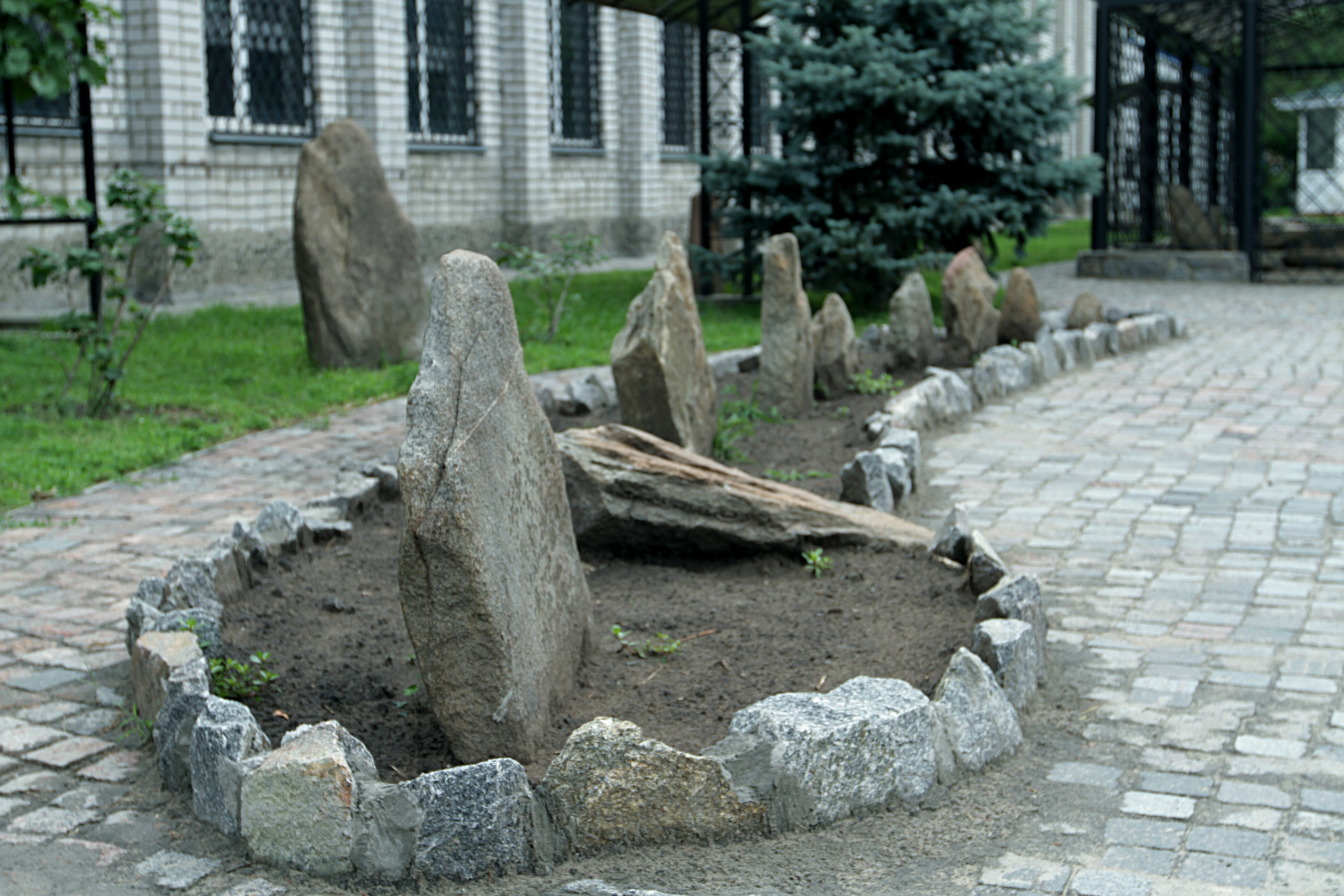
When you are coming to Horishni Plavni city, you should definitely visit the city Museum of Local History, created in 2000 on the basis of the Museum of Poltava Mining and Processing Combined Works. You can observe anything in the museum halls: from the Neolithic Age pots to the bulky Komatsu dump track model. Here the materials from numerous archaeological excavations are presented: hundreds of kurgans, excavated by the archaeologists at the sites of the currently functioning quarries, provided its material heritage for the exhibition halls of this museum. One of the first objects to “greet you” will be the enormous “turnip-like” pot of the Catacomb times, found near Voloshyne village (the territory of a modern quarry), belonging to the complex which is presented, by the way, in our 3-D reconstruction!
Then you will see numerous findings from the other burial mounds and settlements, for instance, from two townships in Barbara natural landmark and another one from the outskirts of Dmytrivka village (Dmytrivka III), which the materials rather unusual for this region: the Velbar culture (the Goths) and the post-Mongol period. An interesting artefact is a solid wood construction of the Cossacks times well, discovered on the city edge and the replica of the girl’s clothing of 4th c. BC. But it is much better to see everything with your own eyes, as well the the objects, located in the yard. As you come into the Museum’s yard, it is hard to miss the skansen pavilion, which has got the name of “Sviatyni” (“Shrines”). So, how is has been created?
In 1992-2014 during the archaeological surveys, a number of burial mounds were examined in the areas of some Horishni Plavni mining facilities expansions. Part of them contained the so-called “stone chests” – the burial structures of the Neolithic Age – the Early Bronze Age archaeological cultures. The archaeologists and the museum workers managed to preserve several of them and now they are exhibited in their authentic form in the yard of Horishni Plavni Museum of Local History in Skansen “Sviatyni” (the other such “chest” is kept in the yard of the Poltava Museum of Local Lore named after Vasyl Krychevskyi). So, even after the excavations the visitors can observe the burial stone structures, dating back to 6-5 thousands of years ago.
Apart from stone “chests”, here are also represented the “stele” – anthropomorphic or irregular-shaped tomb or kurgan cut stone slabs, which form often reminds, though primitive, but still the sculpture of a man. They were used by ancient stone-setter and sculptors who tried to recreate the shape of a human body: there is a major block separated as “body” and a particular image of “the head”. Similar stones served some sacred functions. Sometimes they were placed as a part of the tomb overlap, on other occasions – next to tombs or burial complexes, or they were installed at the top of the embankment.
A considerable amount of such “stelae” were discovered in those areas of Poltava region, which are close to the Dnipro River and several of them – in the process of surveys as they were still standing on tops of the local kurgans. So, they were taken to Skansen to become the part of its exhibit. Among them there are the “stelae” from Pryshyb, Makhnivka and Karpivka villages. Even today one can see the traces of curved ornamentation, that remind certain shapes or images, similar to the images, discovered in other regions around the same time.
By the way, one of the stelae with its particular image has a direct similarity to some rock carvings from Kamiana Mohyla, the site which has the biggest concentration of the sacred petroglyph objects on the territory of Ukraine (or, possibly, even the whole Europe). This image can be interpreted as the axen cart.
Surely, many open-air museums possess the exhibitions containing a variety of objects: stone Cuman idols, milling grindstone and many other stone artefacts. But, in our humble opinion, the collection of the stone constructions and sculptures of the Neolithic Age – the Bronze Age, which Horishni Plavni Skansen contains, is a regional and worthy analogue to the collection of similar ancient artefacts at Kamiana Mohyla reserve.
When you are coming to Horishni Plavni city, you should definitely visit the city Museum of Local History, created in 2000 on the basis of the Museum of Poltava Mining and Processing Combined Works. You can observe anything in the museum halls: from the Neolithic Age pots to the bulky Komatsu dump track model. Here the materials from numerous archaeological excavations are presented: hundreds of kurgans, excavated by the archaeologists at the sites of the currently functioning quarries, provided its material heritage for the exhibition halls of this museum. One of the first objects to “greet you” will be the enormous “turnip-like” pot of the Catacomb times, found near Voloshyne village (the territory of a modern quarry), belonging to the complex which is presented, by the way, in our 3-D reconstruction!
Then you will see numerous findings from the other burial mounds and settlements, for instance, from two townships in Barbara natural landmark and another one from the outskirts of Dmytrivka village (Dmytrivka III), which the materials rather unusual for this region: the Velbar culture (the Goths) and the post-Mongol period. An interesting artefact is a solid wood construction of the Cossacks times well, discovered on the city edge and the replica of the girl’s clothing of 4th c. BC. But it is much better to see everything with your own eyes, as well the the objects, located in the yard. As you come into the Museum’s yard, it is hard to miss the skansen pavilion, which has got the name of “Sviatyni” (“Shrines”). So, how is has been created?
In 1992-2014 during the archaeological surveys, a number of burial mounds were examined in the areas of some Horishni Plavni mining facilities expansions. Part of them contained the so-called “stone chests” – the burial structures of the Neolithic Age – the Early Bronze Age archaeological cultures. The archaeologists and the museum workers managed to preserve several of them and now they are exhibited in their authentic form in the yard of Horishni Plavni Museum of Local History in Skansen “Sviatyni” (the other such “chest” is kept in the yard of the Poltava Museum of Local Lore named after Vasyl Krychevskyi). So, even after the excavations the visitors can observe the burial stone structures, dating back to 6-5 thousands of years ago.
Apart from stone “chests”, here are also represented the “stele” – anthropomorphic or irregular-shaped tomb or kurgan cut stone slabs, which form often reminds, though primitive, but still the sculpture of a man. They were used by ancient stone-setter and sculptors who tried to recreate the shape of a human body: there is a major block separated as “body” and a particular image of “the head”. Similar stones served some sacred functions. Sometimes they were placed as a part of the tomb overlap, on other occasions – next to tombs or burial complexes, or they were installed at the top of the embankment.
A considerable amount of such “stelae” were discovered in those areas of Poltava region, which are close to the Dnipro River and several of them – in the process of surveys as they were still standing on tops of the local kurgans. So, they were taken to Skansen to become the part of its exhibit. Among them there are the “stelae” from Pryshyb, Makhnivka and Karpivka villages. Even today one can see the traces of curved ornamentation, that remind certain shapes or images, similar to the images, discovered in other regions around the same time.
By the way, one of the stelae with its particular image has a direct similarity to some rock carvings from Kamiana Mohyla, the site which has the biggest concentration of the sacred petroglyph objects on the territory of Ukraine (or, possibly, even the whole Europe). This image can be interpreted as the axen cart.
Surely, many open-air museums possess the exhibitions containing a variety of objects: stone Cuman idols, milling grindstone and many other stone artefacts. But, in our humble opinion, the collection of the stone constructions and sculptures of the Neolithic Age – the Bronze Age, which Horishni Plavni Skansen contains, is a regional and worthy analogue to the collection of similar ancient artefacts at Kamiana Mohyla reserve.
Наукові публікації
Scientific publications
Фотогалерея
Gallery
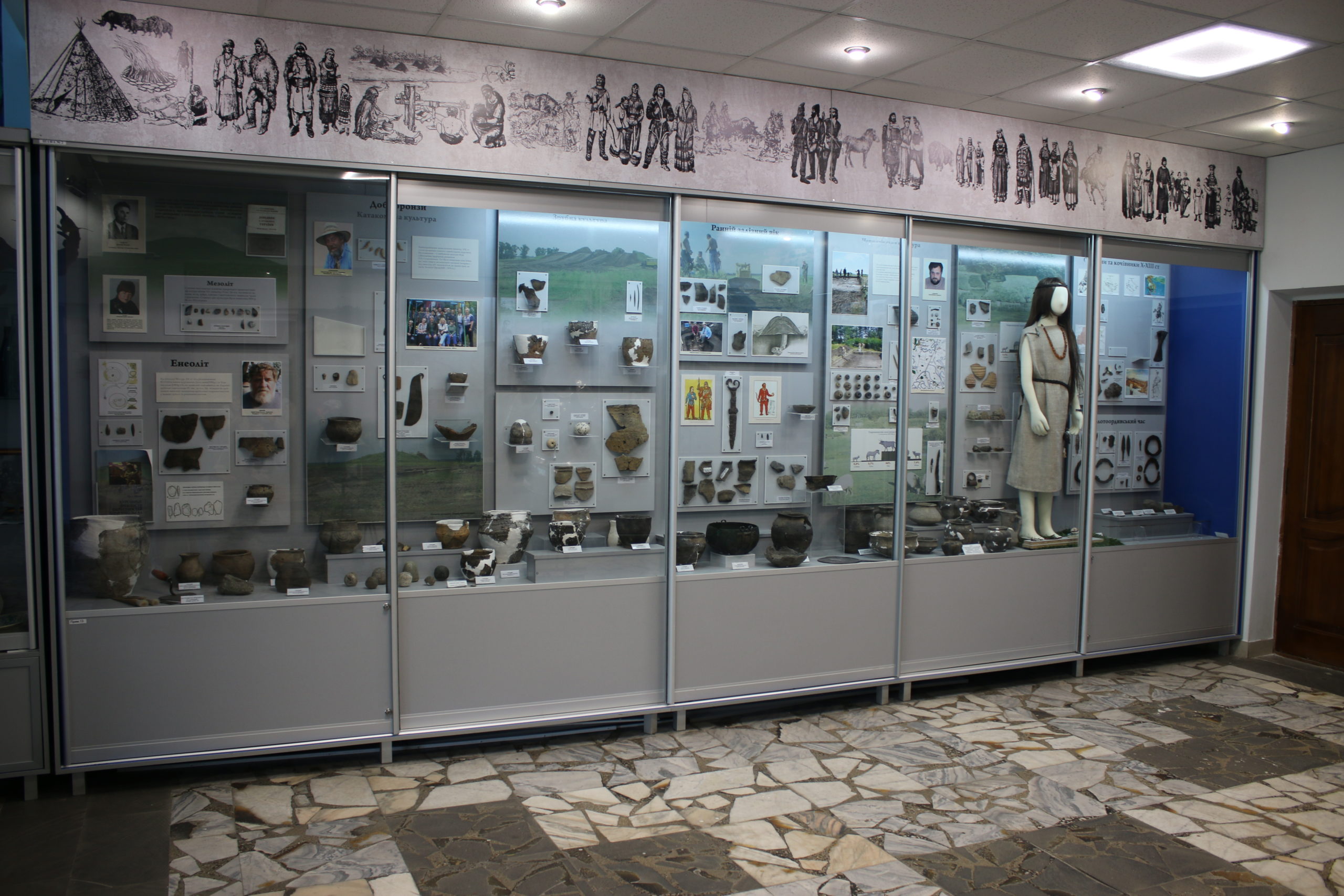
Горішні Плавні, Історико-краєзнавчий музей. Зала найдавнішого минулого міста та його околиць.

Горішні Плавні, Історико-краєзнавчий музей. Вхід до археологічної зали.
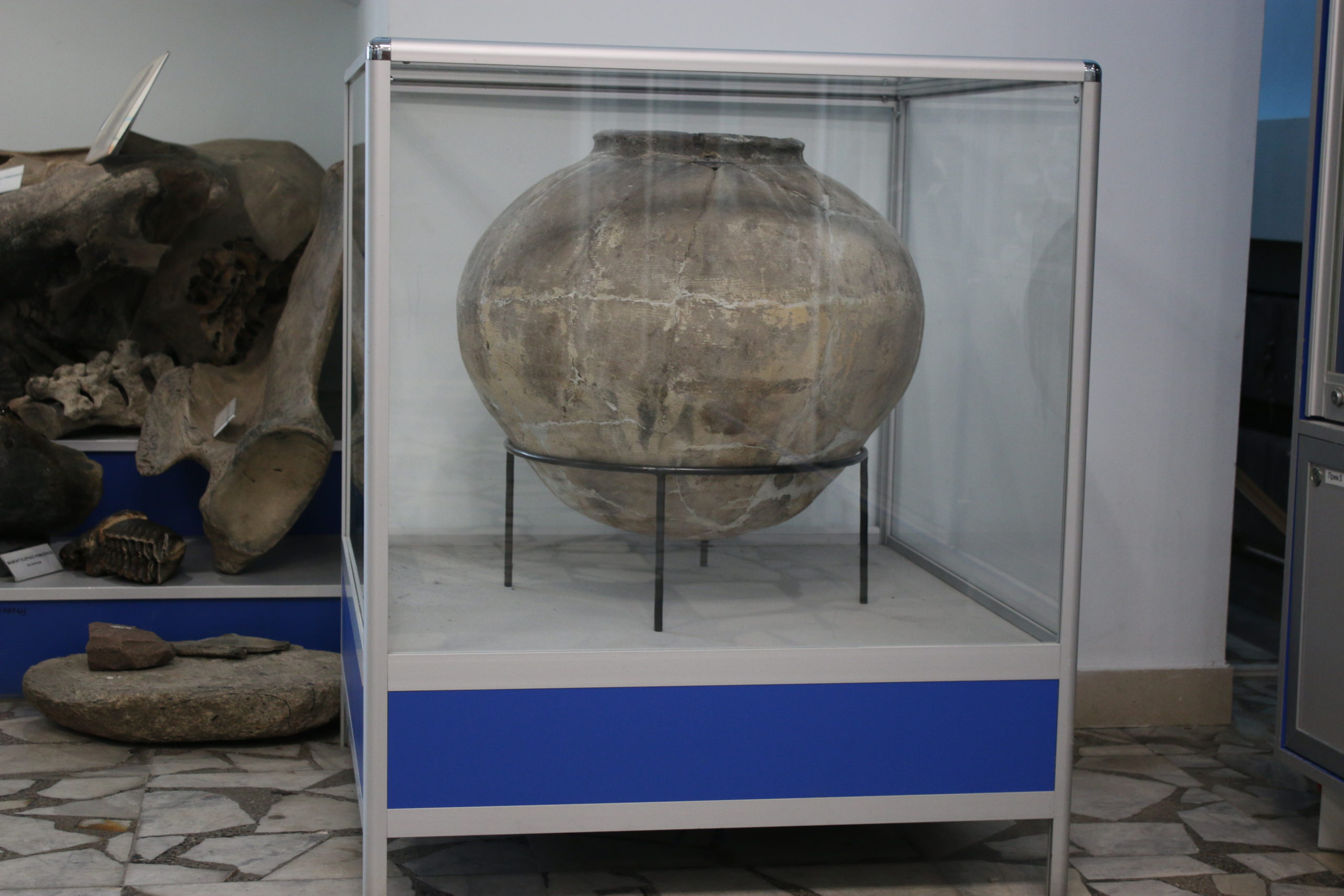
Горішні Плавні, Історико-краєзнавчий музей. Унікальний горщик "ріпоподібної" форми катакомбного часу, виявлений під час археологічних досліджень.
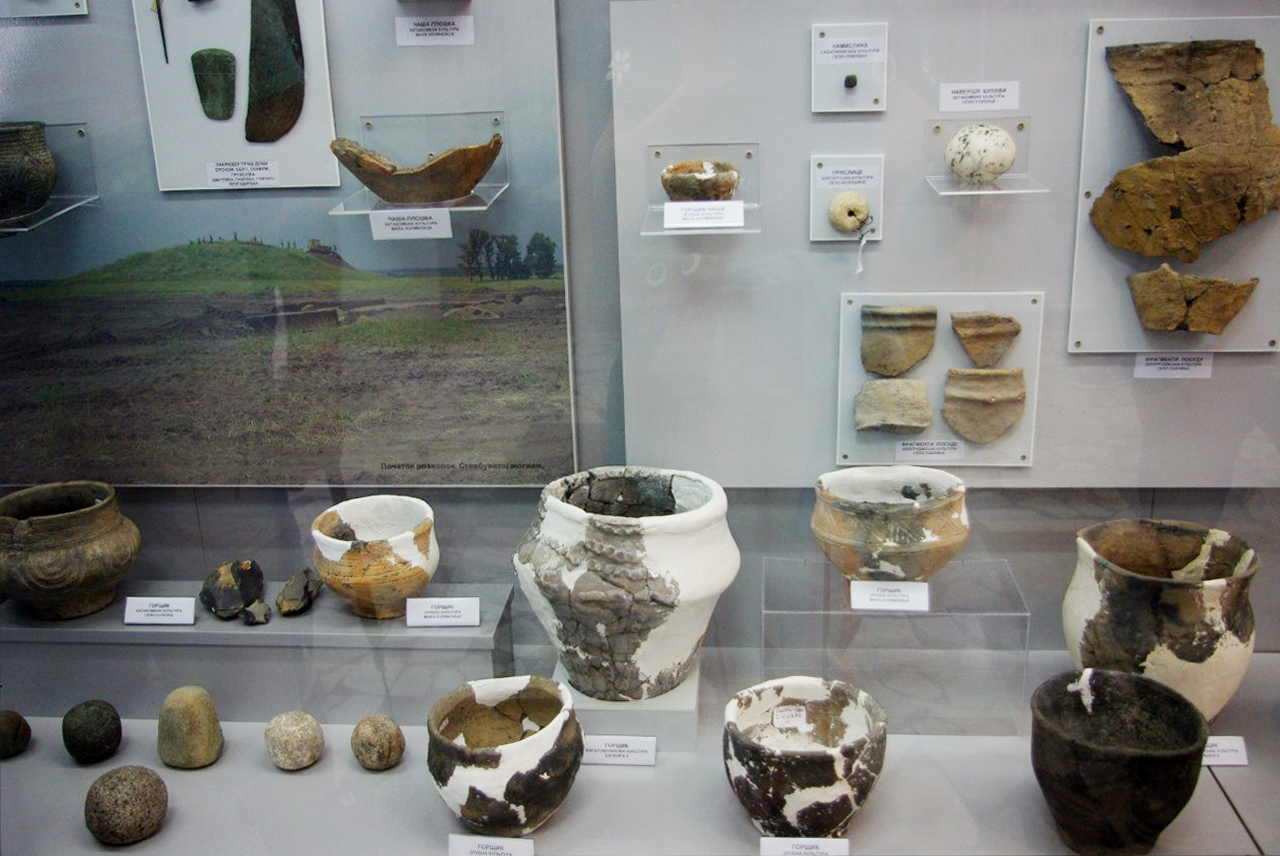
Горішні Плавні, Історико-краєзнавчий музей. Стенд зі знахідками епохи бронзи.
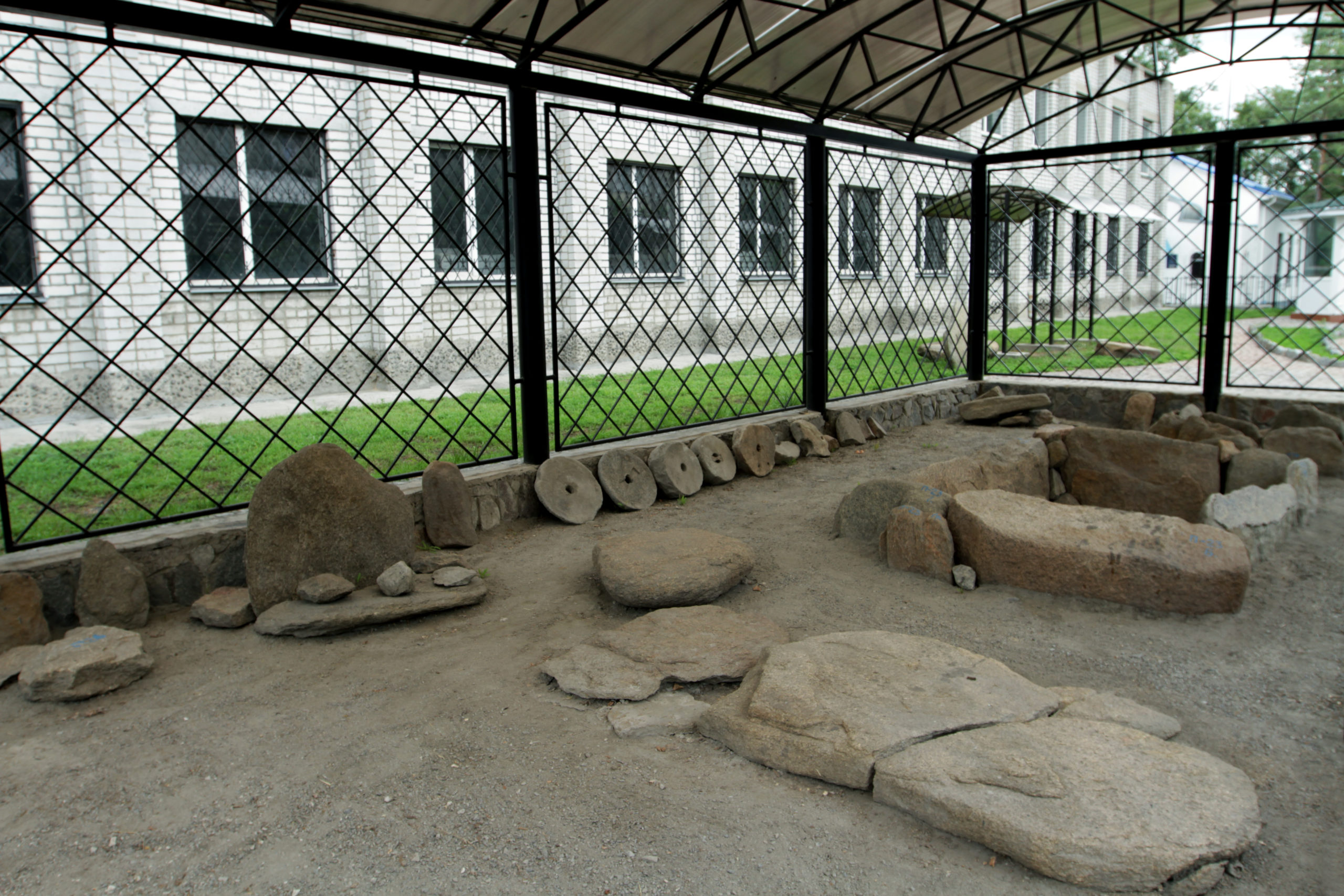
Скансен "Святині".Історико-краєзнавчий музей м. Горішні Плавні.
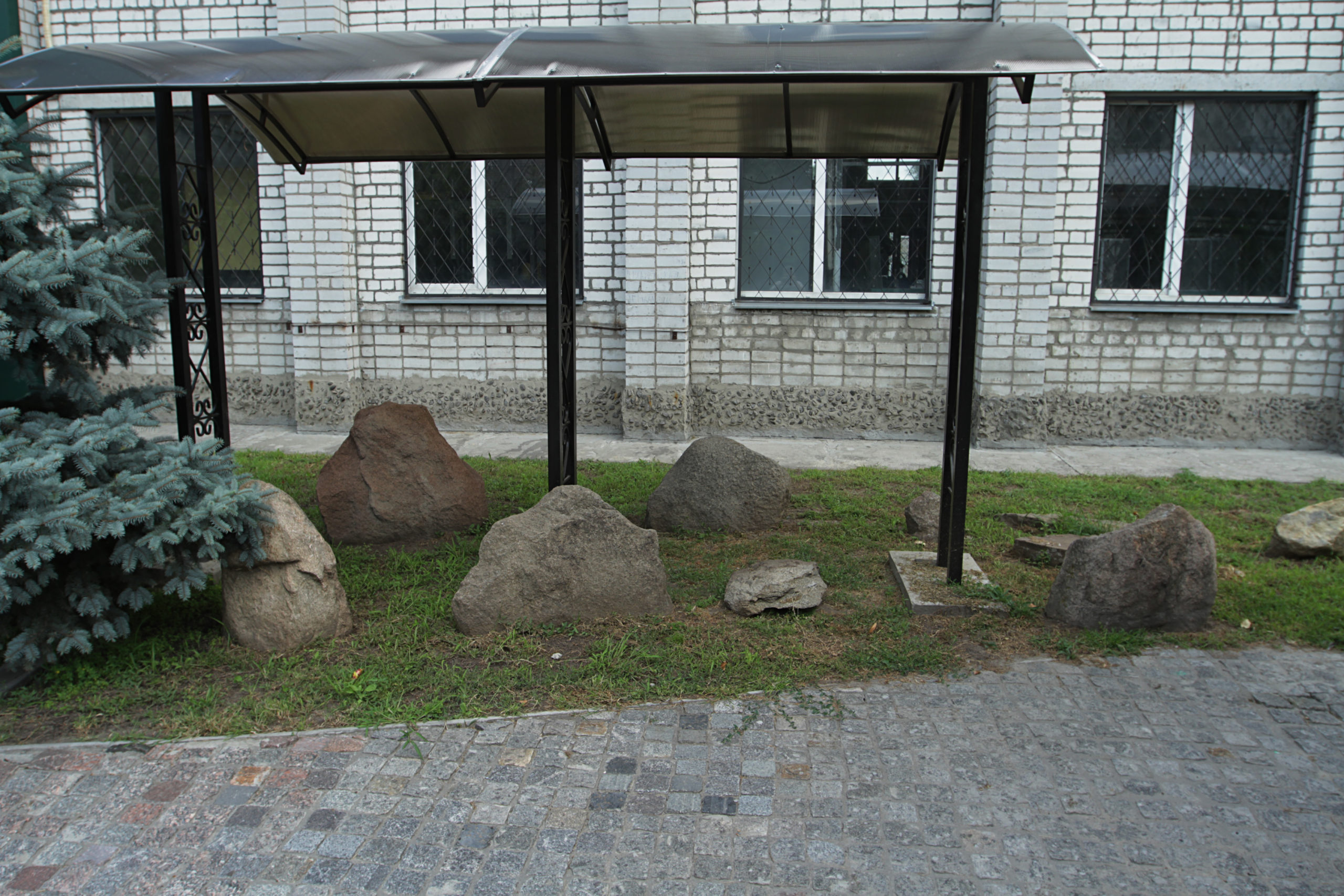
Скансен "Святині". Історико-краєзнавчий музей м. Горішні Плавні. На передньому плані стели енеоліту та епохи бронзи.

Кам'яна «скриня» виявлена під час археологічних джосліджень. Експонат скансену "Святині". Історико-краєзнавчий музей м. Горішні Плавні.
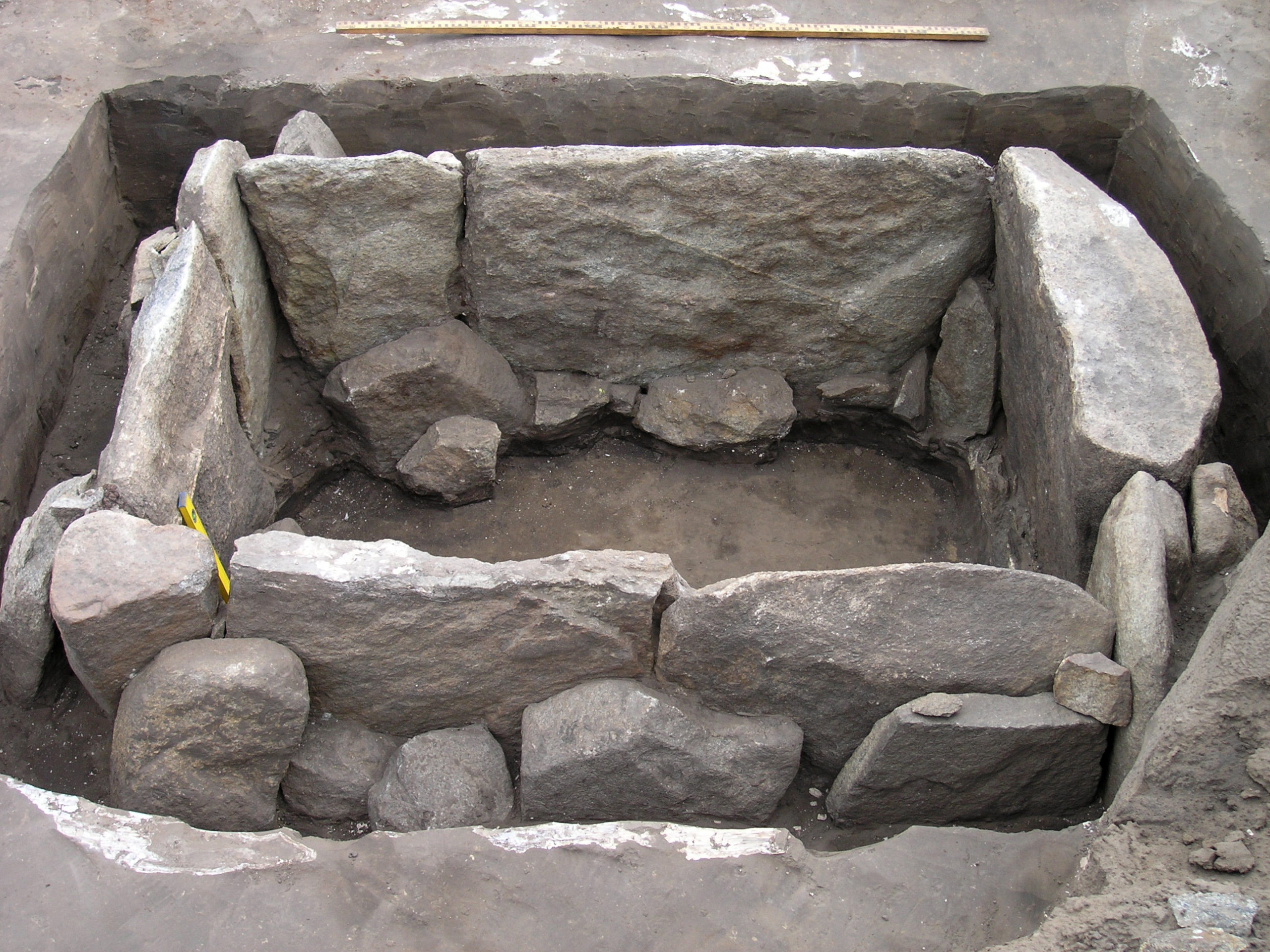
Кам'яна «скриня» виявлена під час археологічних джосліджень. Експонат скансену "Святині". Історико-краєзнавчий музей м. Горішні Плавні.
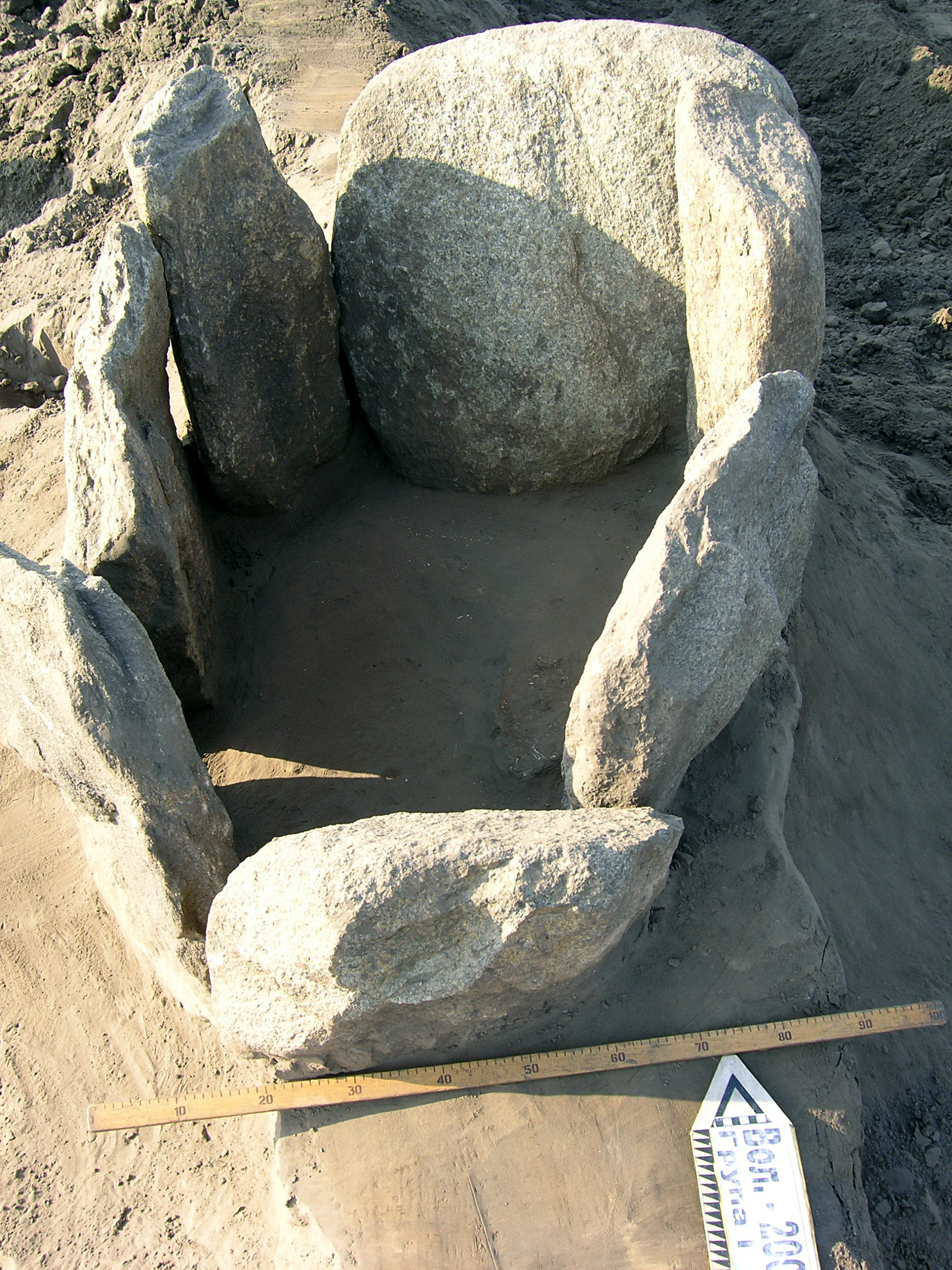
Кам'яна «скриня» виявлена під час археологічних джосліджень. Експонат скансену "Святині". Історико-краєзнавчий музей м. Горішні Плавні.